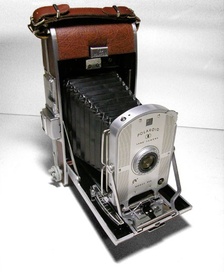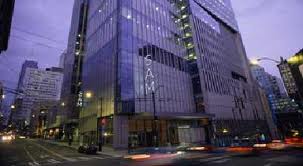 Two financially troubled West Coast museums are finishing the first week of the new year with lifelines.
Two financially troubled West Coast museums are finishing the first week of the new year with lifelines.
The Seattle Art Museum (right), you’ll remember, suffered when the primary tenant of its new building, Washington Mutual, failed in 2008. After getting a $10 million gift from J.P. Morgan Chase, which bought WaMu at the instigation of the federal government, SAM still needed another $17 million to retire its debt.
Yesterday the Puget Sound Business Journal reported that the Bill and Melinda Gates Foundation gave SAM a $5.5 million gift in November, which went unannounced until now. SAM has raised another $2.5 million from other donors. But it must still find another $9 million to pay off its debt.
The bad news is that SAM is still borrowing from its endowment. More details are here. On the other hand, it’s currently showing masterpieces from Musee Picasso in Paris, and was hoping for a good bump in admissions and related sales. We’ll soon find out.
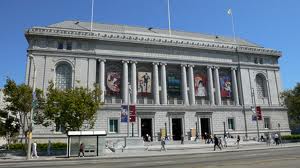 Meantime, yesterday San Francisco and the Asian Art Museum of San Francisco reached an agreement with Chase to restructure its debt. I wrote about the museum’s predicament here — when people were talking about bankruptcy because the museum could not pay interest on bonds it floated years ago, then refinanced. The bonds, downgraded recently to junk by Moody’s, ended up costing the museum and its sister foundation much more than envisioned — or planned for.
Meantime, yesterday San Francisco and the Asian Art Museum of San Francisco reached an agreement with Chase to restructure its debt. I wrote about the museum’s predicament here — when people were talking about bankruptcy because the museum could not pay interest on bonds it floated years ago, then refinanced. The bonds, downgraded recently to junk by Moody’s, ended up costing the museum and its sister foundation much more than envisioned — or planned for.
The deal yesterday is complicated, but essentially the museum gets a break on the principal owed (reduced to $99 million from almost $120 million), a return of some cash pledged as collateral, fixed-rate bonds (4.6% coupon) to be floated by Chase to replace the variable rate bonds, and a pledge by the Asian Art Museum Foundation to embark on a big, three-year fundraising campaign to get this albatross off its neck.
UPDATE. 1/7: I somehow missed a key point, which was at the bottom of the press release: the city of San Francisco is guaranteeing the museum’s debt.
More details are here. The San Francisco Chronicle’s article is here and The Bond Buyer’s article is here.
Will more bailouts will be needed this year? I’d sure like to know where. Email me.
Photo Credits: Courtesy of the respective museums

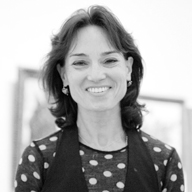 Here’s the description:
Here’s the description: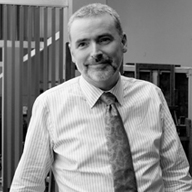 The interactive part is minimal: “visitors can link to additional information about the works of art: the time period in which they were made, the geographic origins of the works, and where works on view can be found in the Museum’s galleries.”
The interactive part is minimal: “visitors can link to additional information about the works of art: the time period in which they were made, the geographic origins of the works, and where works on view can be found in the Museum’s galleries.”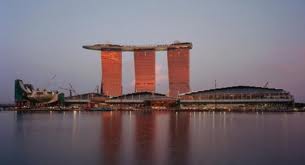 Now don’t get me wrong. I love architecture, beautiful architecture. It’s just that I think many new museums are pretty inhospitable to art. And most new museums are not the Guggenheim Bilbao, we have all learned to much dismay.
Now don’t get me wrong. I love architecture, beautiful architecture. It’s just that I think many new museums are pretty inhospitable to art. And most new museums are not the Guggenheim Bilbao, we have all learned to much dismay. It was designed somewhat like a lotus flower, with 10 fingers emanating from a round central base — it’s at left in the picture at left.
It was designed somewhat like a lotus flower, with 10 fingers emanating from a round central base — it’s at left in the picture at left. I liked the term as soon as I saw it, and more so when I Googled it, to see how common it was, and Google offered “Did you mean conventional wisdom”?
I liked the term as soon as I saw it, and more so when I Googled it, to see how common it was, and Google offered “Did you mean conventional wisdom”? 